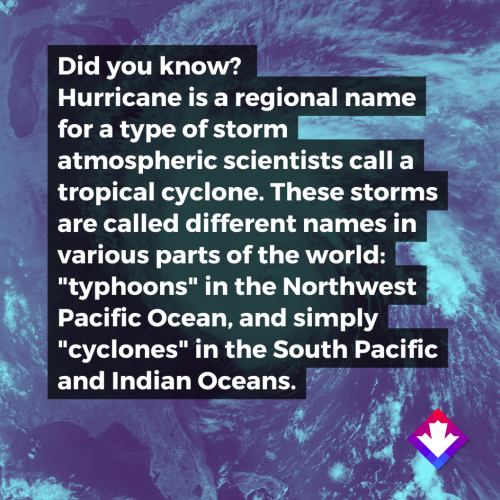[1] Studies indicate a water temperature of at least 26.5 degrees Celsius over a depth of 50 meters is needed to power a hurricane (https://oceanservice.noaa.gov)
[2] https://oceanservice.noaa.gov/facts/how-hurricanes-form.html
[3] Mendez-Tejeda R, Hernandez-Ayala JJ (2023) Links between climate change and hurricanes in the North Atlantic. PLOS Clim 2(4). https://doi.org/10.1371/journal.pclm.0000186
[4] Patricola, C. M., Hansen, G. E., & Sena, A. C. T. (2024). The influence of climate variability and future climate change on Atlantic hurricane season length. Geophysical Research Letters, 51.
[5]Seneviratne, S.I., X. Zhang, M. Adnan, W. Badi, C. Dereczynski, A. Di Luca, S. Ghosh, I. Iskandar, J. Kossin, S. Lewis, F. Otto, I. Pinto, M. Satoh, S.M. Vicente-Serrano, M. Wehner, and B. Zhou, 2021: Weather and Climate Extreme Events in a Changing Climate. In Climate Change 2021: The Physical Science Basis. Contribution of Working Group I to the Sixth Assessment Report of the Intergovernmental Panel on Climate Change [Masson-Delmotte, V., P. Zhai, A. Pirani, S.L. Connors, C. Pean, S. Berger, N. Caud, Y. Chen, L. Goldfarb, M.I. Gomis, M. Huang, K. Leitzell, E. Lonnoy, J.B.R. Matthews, T.K. Maycock, T. Waterfield, O. Yelekci, R. Yu, and B. Zhou (eds.)]. Cambridge University Press, Cambridge, UK and New York, NY, USA, pp. 1513–1766, doi: 10.1017/9781009157896.013.
[6] It is important to note that while the proportion of major hurricanes is increasing, the overall number of storms may not change or could even decrease in some locations. This means we might not see more category 3-5 hurricanes in total, but a higher percentage of the storms that do form could be stronger. It is important to acknowledge the limitations in our current understanding of how hurricanes form and how climate change is likely to influence their formation and intensification.
[7] Li, L., Li, Y., & Tang, Y. (2024). On the duration of tropical cyclone rapid intensification. Geophysical Research Letters, 51, e2024GL108578. https://doi.org/10.1029/2024GL108578
[8] https://www.cbc.ca/news/canada/nova-scotia/looking-back-at-hurricane-juan-20-years-after-deadly-storm-hit-nova-scotia-1.6981082
[9] https://www.cbc.ca/news/canada/nova-scotia/weather-snoddon-fiona-recap-1.6976249
[10] https://www.ctvnews.ca/climate-and-environment/data-shows-fiona-s-impact-across-atlantic-canada-as-all-time-records-broken-1.6084819
[11] https://www.cbc.ca/news/canada/nova-scotia/weather-snoddon-fiona-recap-1.6976249
[12] National Hurricane Center Tropical Cyclone Report: Hurricane Fiona 14-23 september 2022 (pdf)
[13] https://www.ibc.ca/news-insights/news/hurricane-fiona-causes-660-million-in-insured-damage
[14] https://www.canada.ca/en/environment-climate-change/news/2024/05/environment-and-climate-change-canadas-canadian-hurricane-centre-expects-a-very-active-hurricane-season.html
[15] https://www.noaa.gov/news-release/noaa-predicts-above-normal-2024-atlantic-hurricane-season









